
Apis Bull The Walters Art Museum
View the Bull Apis on Pedestal3D for full screen and additional functions. Blending the metaphorical and tangible, Egyptian priests kept and venerated a real bull, Apis in Memphis, where special rituals and reverence were bestowed on an actual animal. It was a focus in the annual seven-day long Apis Festival and important in oracle - prophecy.
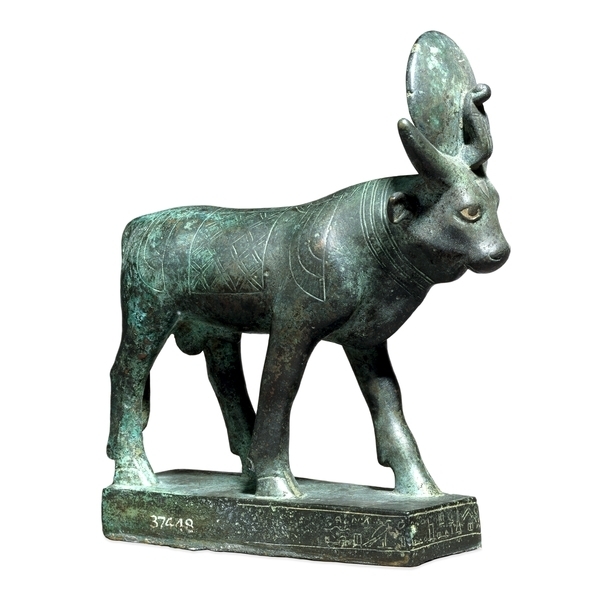
Apis the Sacred Bull of Memphis Bible History
Apis: the divine bull of the Egyptian capital Memphis, a manifestation of the god Ptah. Statuette of an Apis bull Already in the most ancient times, the Egyptians venerated bulls, animals that represented fertility. ("Strong bull" was a common title for creator gods and kings.)

Design Toscano Apis, Sacred Bull of Egypt Statue Statue, Design toscano, Goddesses of ancient
The Serapeum of Saqqara was the ancient Egyptian burial place for sacred bulls of the Apis cult at Memphis. It was believed that the bulls were incarnations of the god Ptah, which would become immortal after death as Osiris -Apis. a name which evolved to Serapis (Σέραπις) in the Hellenistic period, and Userhapi ( ⲟⲩⲥⲉⲣϩⲁⲡⲓ) in Coptic.

Mycenean Ancient egypt animals, Egyptian artwork, Ancient egypt
World History Encyclopedia, 28 Apr 2017. Web. 29 Dec 2023. A limestone Apis bull statue from the Serapeum at Saqqara, Egypt. 30th Dynasty. Height: 1.26 m. (Louvre Museum, Paris)

AN EGYPTIAN BRONZE FIGURE OF THE APIS BULL, 26TH DYNASTY, 664525 B.C. the sacred bull striding
The Apis bull was originally viewed as the manifestation of Ptah. However, the Apis was soon linked to Osiris when Ptah and Osiris merged and so Plutarch described the Apis as the "fair and beautiful image of the soul of Osiris". According to one myth, the Apis was the living embodiment of Ptah while he lived and Osiris when he died.

Apis Bull Symbol
The ancient Egyptians believed that Apis, the sacred bull of Memphis was a manifestation of Ptah upon the earth. Was Apis the Golden Calf of the Exodus? Whenever an Apis bull died in Memphis it was embalmed and mummified. Each bull had its own huge sarcophagus and its birth and death were recorded, carved onto the walls.
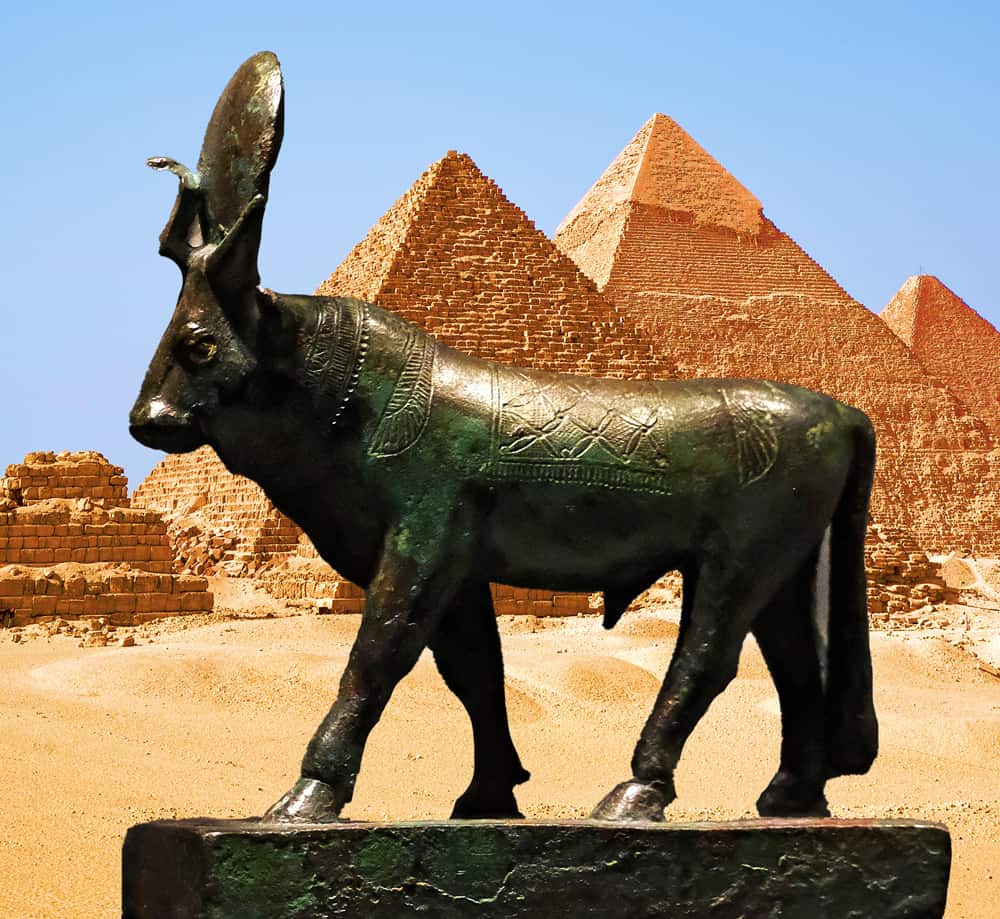
Apis bull god of Egypt Casual English Bible
World History Encyclopedia, 21 Apr 2017. Web. 03 Dec 2023. Remove Ads Advertisement Life-size basalt statue of the Apis Bull dedicated by Hadrian to Serapis in Alexandria (Egypt), Osiris, Sunken Mysteries of Egypt exhibition, Paris (2015)
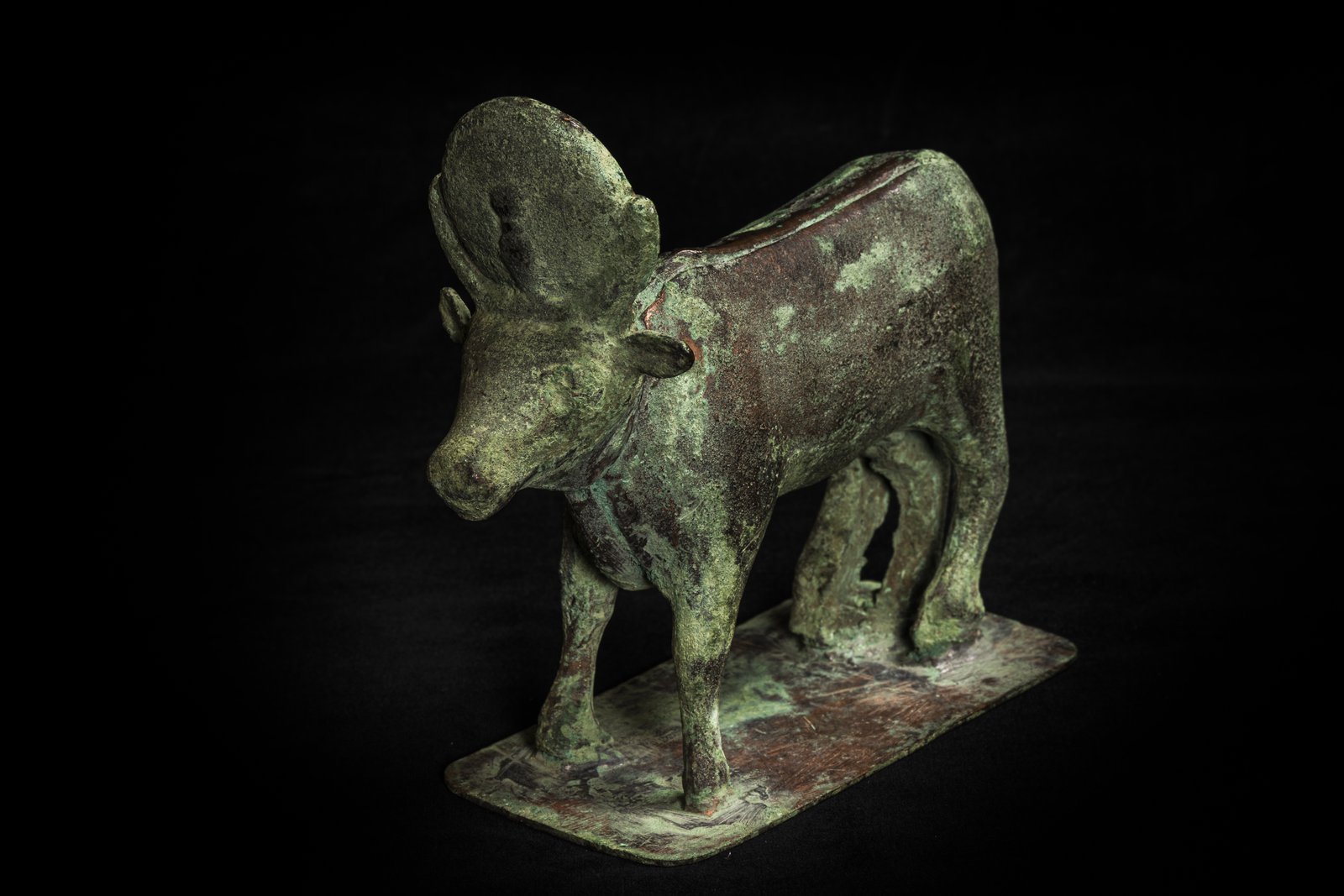
Bull Apis E39829 The Australian Museum
In ancient Egyptian religion, Apis or Hapis , Coptic: ϩⲁⲡⲉ ḥapə), alternatively spelled Hapi-ankh, was a sacred bull or multiple sacred bulls worshiped in the Memphis region, identified as the son of Hathor, a primary deity in the pantheon of ancient Egypt. Initially, he was assigned a significant role in her worship, being sacrificed and reborn.
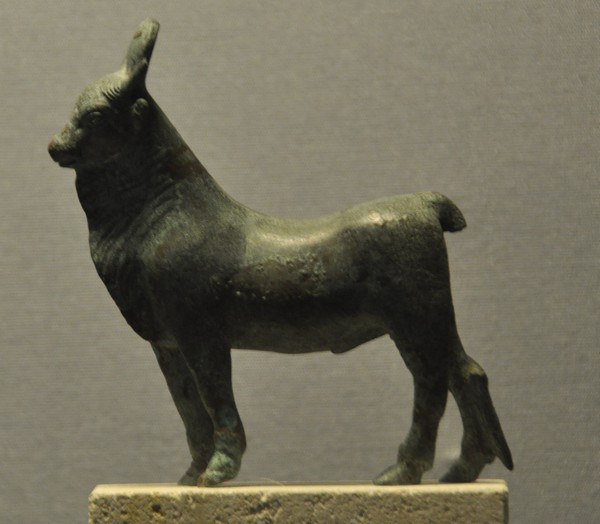
Apis Livius
Apis was typically depicted as a large, black, horned bull with white body markings and a menat collar, which was the sacred necklace of the goddess Hathor. He also wore a radiate sun crown.

Bronze figure of the Apis Bull. 26th30th dynasty. 664342 B.C. Sotheby's Ancient egyptian
Apis is depicted throughout Egypt's history as a striding bull, usually with a solar disc and uraeus (the sacred serpent which symbolized the king's power) between its horns.
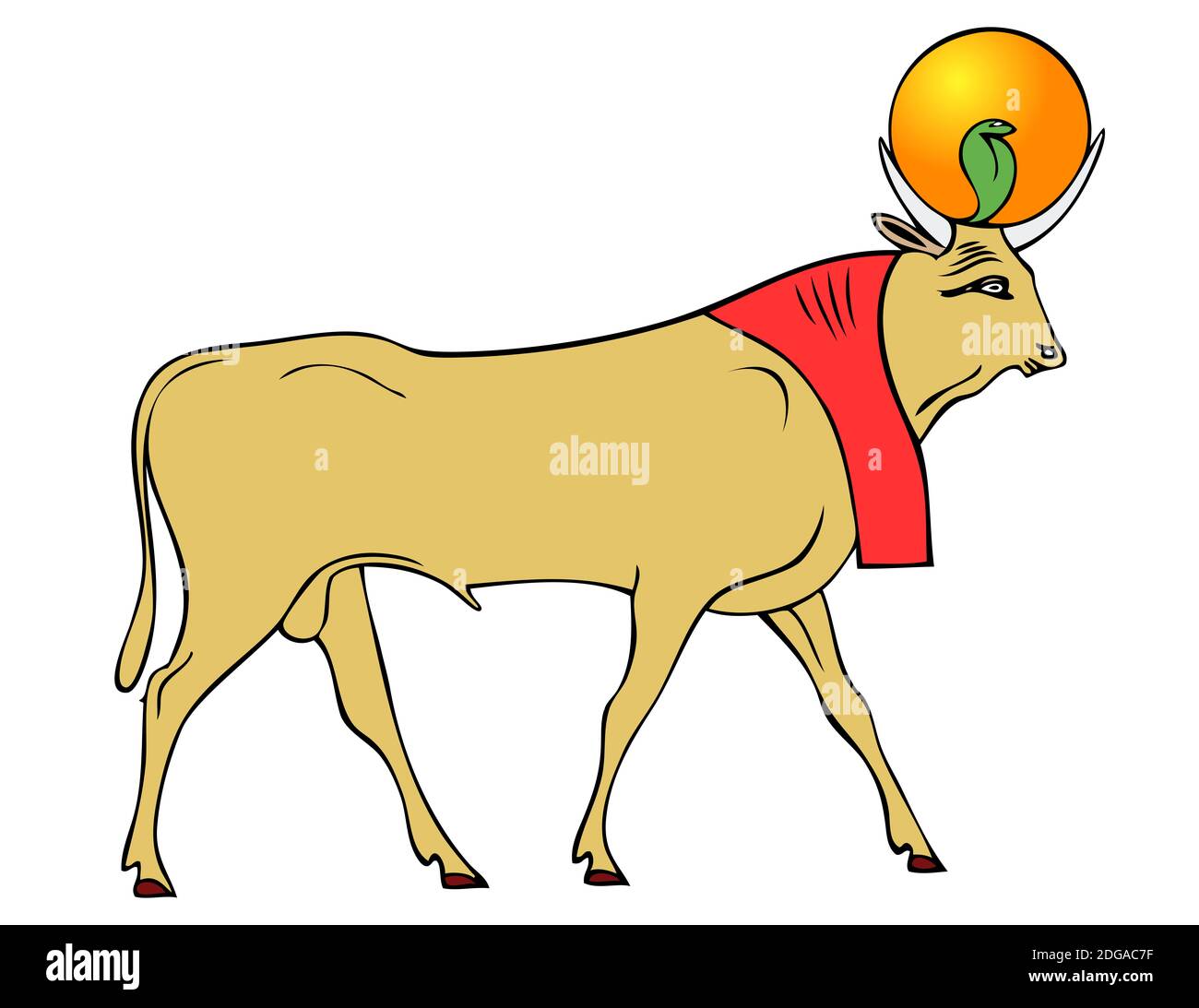
Apis sacred bull of Ancient Egypt Stock Photo Alamy
Apis Bull: An Important Sacred Animal in Ancient Egypt. Image: Statue of Apis from the 13th dynasty of ancient Egypt The ancient Egyptians were known for worshiping many gods, most of whom were represented by various animals such as cats, dogs, and bulls.
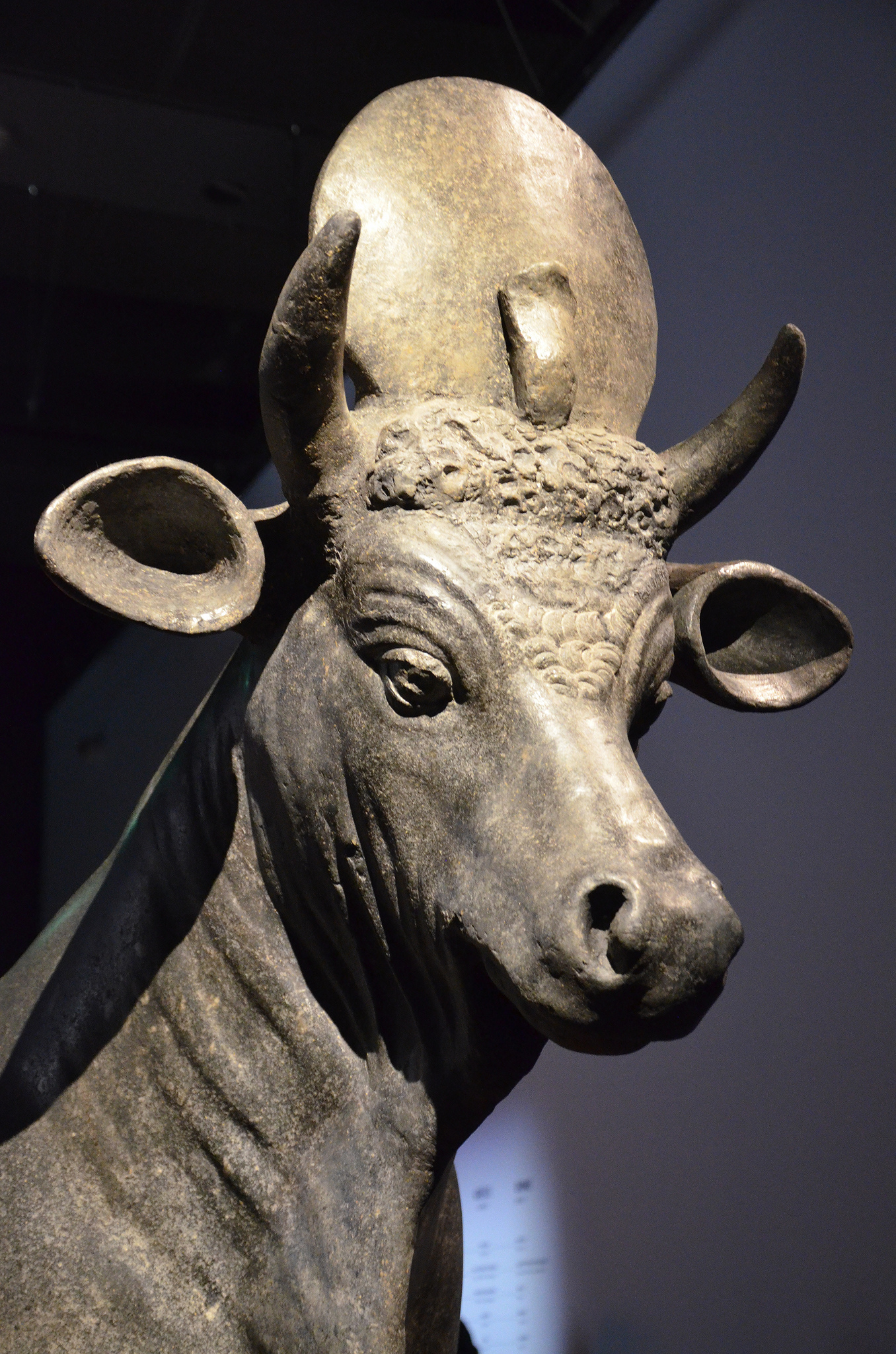
Apis Bull (Illustration) World History Encyclopedia
The Apis bull was an important sacred animal to the ancient Egyptians. As with the other sacred beasts, Apis' importance increased over the centuries.

Apis was a sacred bull worshiped in the Memphis region, identified as the son of Hathor, a
(Greek); Egyptian: Hap, Hep, or Hapi See all related content → Apis, in ancient Egyptian religion, sacred bull deity worshipped at Memphis. The cult of Apis originated at least as early as the 1st dynasty ( c. 2925- c. 2775 bce ).

Lifesize basalt statue of the Apis Bull Apis was the most important and highly regarded bull
Late Period-Ptolemaic Period. 664-30 B.C. Not on view. The worship of the Apis bull is attested as early as Dynasty I. Arguably the Apis, unlike many sacred animals in Egypt, was not just favored by a certain deity, but was considered a deity in his own right. A single living representative was stabled near the Ptah temple in Memphis.

Apis Bull, Saqqara Serapeum (Illustration) Ancient History Encyclopedia
Ancient Egypt Apis bull was considered sacred and worshiped as a symbol of strength, vital energy and power. The bull was the earthly incarnation of a god, a manifestation of the Memphite creation god Ptah; it was the 'soul (Ba) Ptah' and the 'Herald (whm) of Ptah'.

Painted limestone statue of the sacred Apis bull, Louvre N 390 (photo... Download Scientific
The Apis bull was one of three sacred bulls in ancient Egypt. The cult of the Apis bull was so popular and so important to the Egyptians that when the invading Persian king Cambyses (ruled 525-522 B.c.) reached the city of Memphis, he could think of no greater insult than kill and eat the Ap.